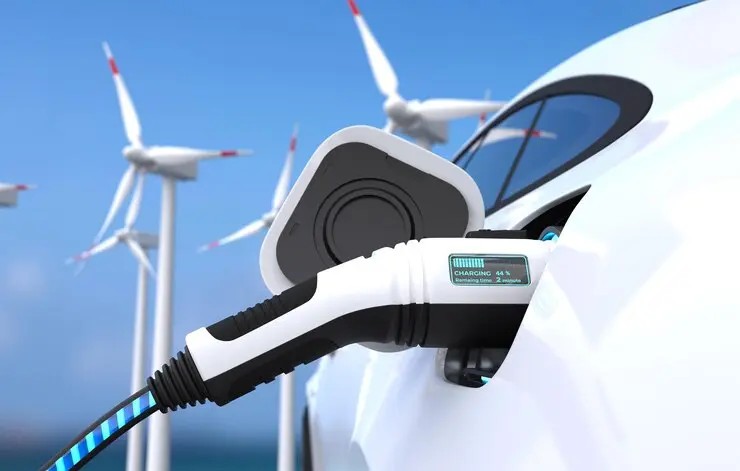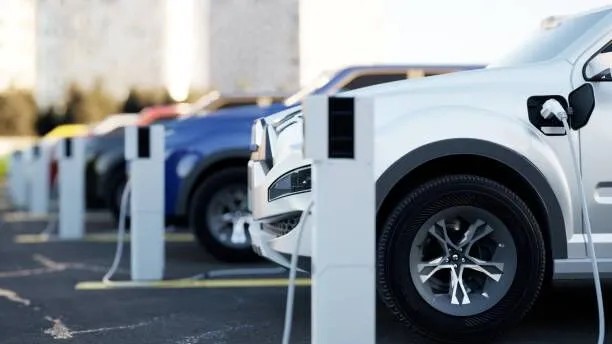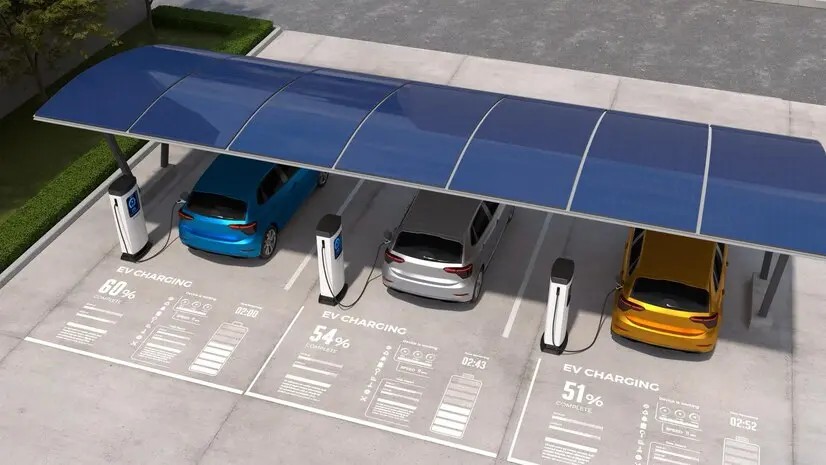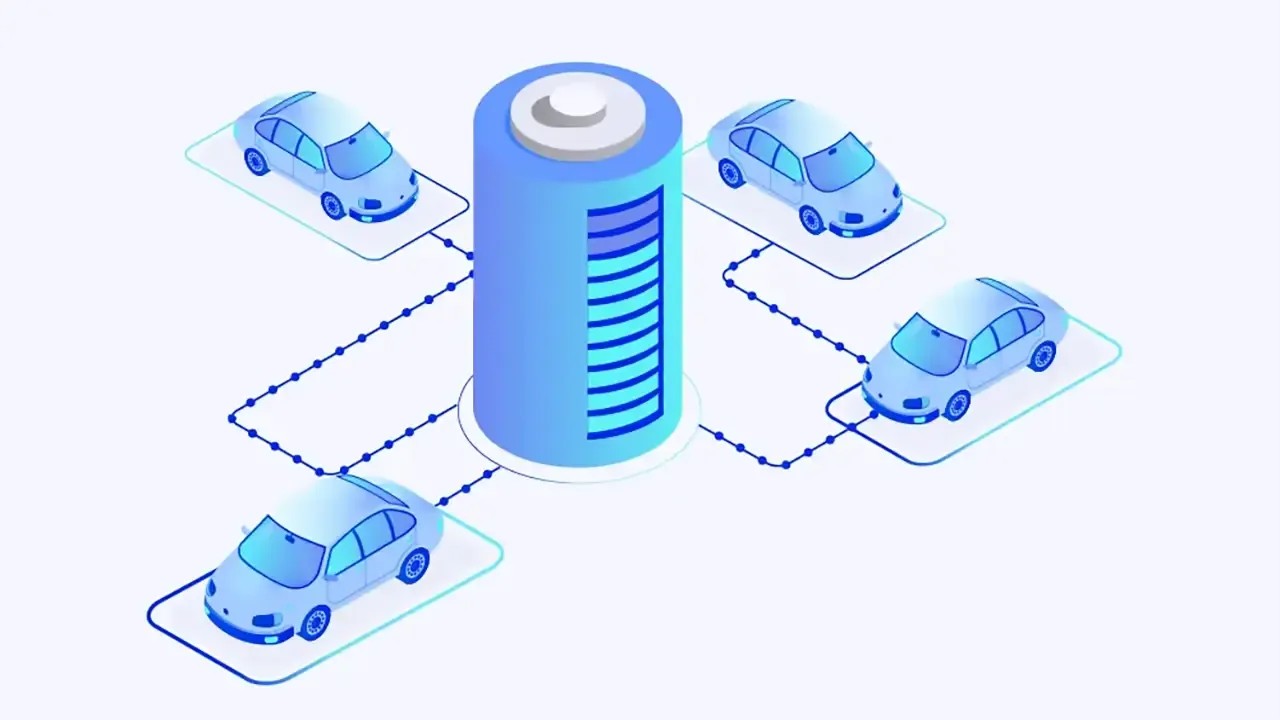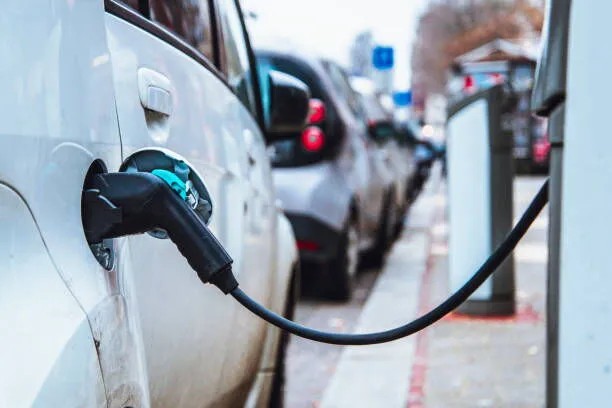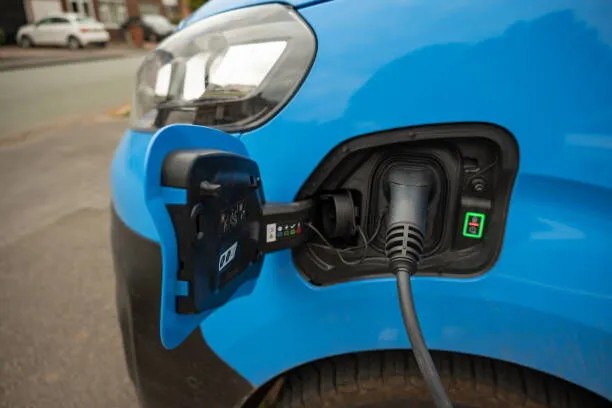 Newsletter Copywriting – Emails That Convert, Not Bore!
Newsletter Copywriting – Emails That Convert, Not Bore!
The Evolution and Diversity of EV Plugs: A Comprehensive Guide
Written by EV Charger » Updated on: June 17th, 2025

Introduction
As a professional EV charger manufacturer in China, Topper Company provides dependable electric vehicle charging station equipment and comprehensive charging solutions.As the world moves toward sustainable energy solutions, electric vehicles (EVs) have become a central part of the green revolution. A key component of EV functionality is the charging infrastructure, with EV plugs playing a crucial role. But what exactly are EV plugs, and how do they vary across regions and vehicle brands? This article explores the different types of EV plugs, their functions, and the standards that govern their use.
What are EV Plugs?
An EV charging plug serves as the interface that connects an electric vehicle to a charging station, facilitating the transfer of electricity to the vehicle's battery. While similar in concept to household plugs, EV plugs are specifically designed to meet the unique needs of electric vehicles, which vary depending on the make, model, and charging level of the vehicle.
EV charging plugs come in different types and configurations depending on regional standards, charging levels (Level 1, Level 2, or Level 3), and the manufacturer. This diversity arises from the varying electrical infrastructures across the world. In the following sections, we will explore the different types of EV plugs, their features, and the regions where they are most commonly used.
EV Charging Connector Types
Level 1 & 2 Charging: AC Charging Plugs
Level 1 and Level 2 charging are the most commonly used methods for home and public charging. These use alternating current (AC) and are generally slower compared to Level 3 or DC fast charging. The two main types of AC charging plugs are Type 1 (SAE J1772) and Type 2 (Mennekes).
Type 1 - SAE J1772
The Type 1 plug, also known as SAE J1772, is the standard for Level 1 and Level 2 charging in North America and parts of Asia. This plug is designed for single-phase AC power, which is the standard in these regions. It features a 5-pin configuration and can deliver up to 19.2 kW of power, making it suitable for residential and public charging needs.
If you own an EV in the United States, you are likely using a Type 1 plug to connect your vehicle to a home charging station or a public charging point. Its widespread adoption has made it a reliable choice for EV owners across North America.
Type 2 - Mennekes
The Type 2 plug, also known as the Mennekes plug, is the standard for Level 1 and Level 2 charging in Europe. It is designed for three-phase AC power, which is the standard in Europe. The 7-pin Type 2 plug can deliver up to 43 kW, much higher than the Type 1 plug.
One of the key features of the Type 2 plug is its automatic locking mechanism, which prevents accidental disconnection during charging. This added safety feature makes the Type 2 plug a preferred choice in Europe, where the demand for faster charging times is high.
Level 3/Fast Charging: DC Fast Charging Plugs
Level 1 and Level 2 charging are sufficient for most daily needs, but Level 3 or DC fast charging is crucial for long-distance travel and quick battery top-ups. DC fast charging plugs deliver direct current (DC) directly to the vehicle's battery, bypassing the onboard charger and significantly reducing charging times. The most common DC fast charging plugs are CCS (Combined Charging System), CHAdeMO, GB/T, and Tesla Supercharger.
CCS - Combined Charging System
The Combined Charging System (CCS) is a fast-charging standard that has become widely adopted in North America and Europe. The CCS plug is unique in that it combines the Type 1 or Type 2 AC charging plug with additional DC fast-charging pins. This hybrid configuration allows for both AC and DC charging with a single plug, simplifying the process for EV owners.
CCS1
The CCS1 plug is the North American version of the Combined Charging System. It integrates the Type 1 (SAE J1772) plug with two additional DC pins, allowing for fast charging capabilities. CCS1 is compatible with most EVs in North America and is commonly found at public fast-charging stations.
CCS2
In Europe, the CCS2 plug is the standard for fast charging. Similar to CCS1, it combines the Type 2 (Mennekes) plug with two additional DC pins, enabling high-speed charging. The CCS2 plug can deliver power up to 350 kW, making it one of the fastest charging options available.
CHAdeMO
CHAdeMO is another fast-charging standard, primarily used by Japanese automakers like Nissan and Mitsubishi. The CHAdeMO plug is distinct in its design and high-power delivery capabilities. Although its adoption outside of Japan has been limited, CHAdeMO remains a reliable option for EV owners with compatible vehicles.
GB/T
The GB/T standard is primarily used in China and was developed by the Chinese government to support the country’s rapidly expanding EV market. It supports both AC and DC charging and is compatible with a wide range of electric vehicles in China. The GB/T plug has been instrumental in the development of China's EV infrastructure, helping it become one of the largest EV markets in the world.
Tesla Supercharger
Tesla, a leader in the EV industry, developed its own proprietary charging system called the Tesla Supercharger. This plug accommodates Level 1, Level 2, and Level 3 charging, providing both AC and DC power. In North America, Tesla vehicles use the North American Charging Standard (NACS) plug, which is compatible with the Type 1 (SAE J1772) plug via an adapter. In Europe, Tesla now uses the CCS2 plug for its vehicles, aligning with the regional standard.
Tesla Supercharger stations are known for their high-speed charging capabilities, with some locations providing up to 250 kW of power, enabling Tesla owners to quickly recharge their vehicles during long trips.
Conclusion
The world of EV plugs is diverse and complex, shaped by the varying electrical standards and charging infrastructure in different regions. From the Type 1 and Type 2 plugs for AC charging to the CCS, CHAdeMO, GB/T, and Tesla Supercharger plugs for fast charging, each type serves a unique function and has its place in the global EV ecosystem.
As the adoption of electric vehicles continues to rise, the development of standardized, interoperable charging solutions will become more critical. The evolution of EV plugs and the charging infrastructure will play a key role in making transportation more sustainable and accessible.
In conclusion, understanding the various types of EV plugs and how they work is essential for both EV owners and enthusiasts. Whether you're charging at home, at a public station, or on a road trip, knowing which plug to use and how it functions will enhance your EV experience and contribute to the transition toward a greener future.Learn more about Google SEO.
Note: IndiBlogHub features both user-submitted and editorial content. We do not verify third-party contributions. Read our Disclaimer and Privacy Policyfor details.
Copyright © 2019-2025 IndiBlogHub.com. All rights reserved. Hosted on DigitalOcean for fast, reliable performance.


